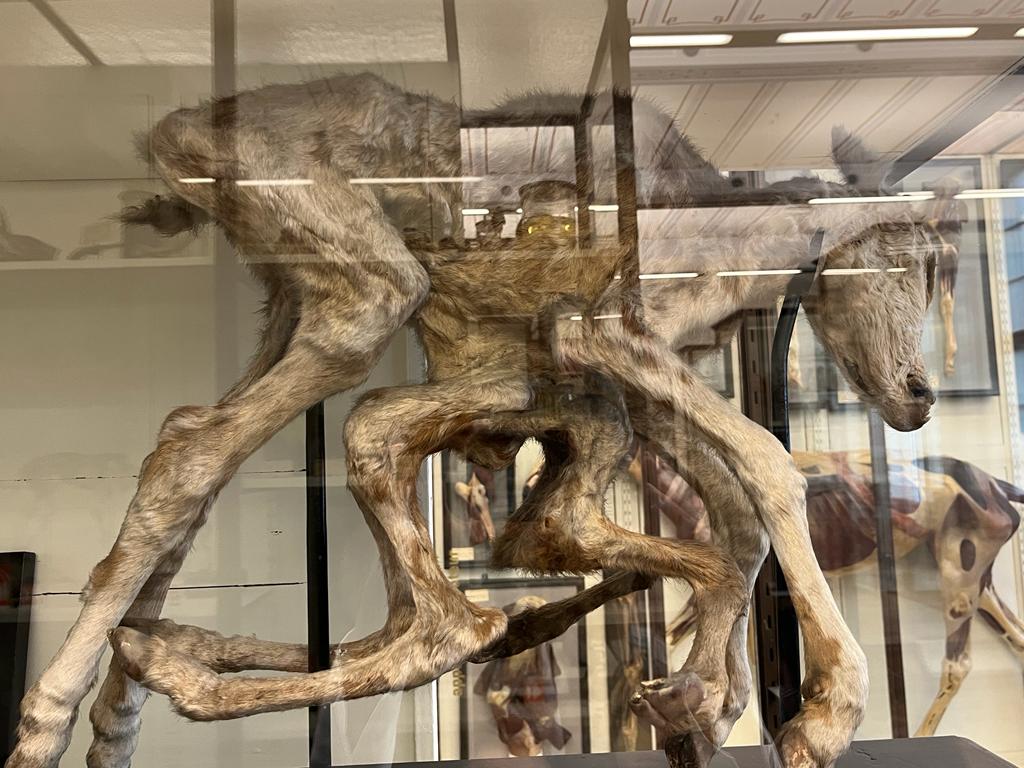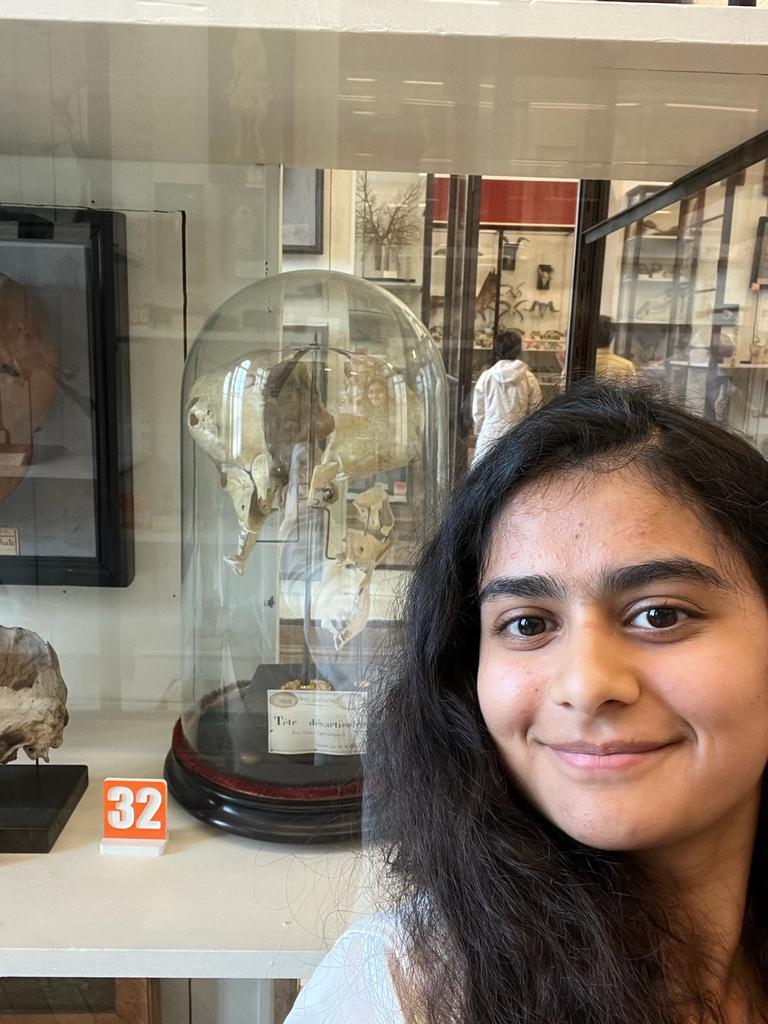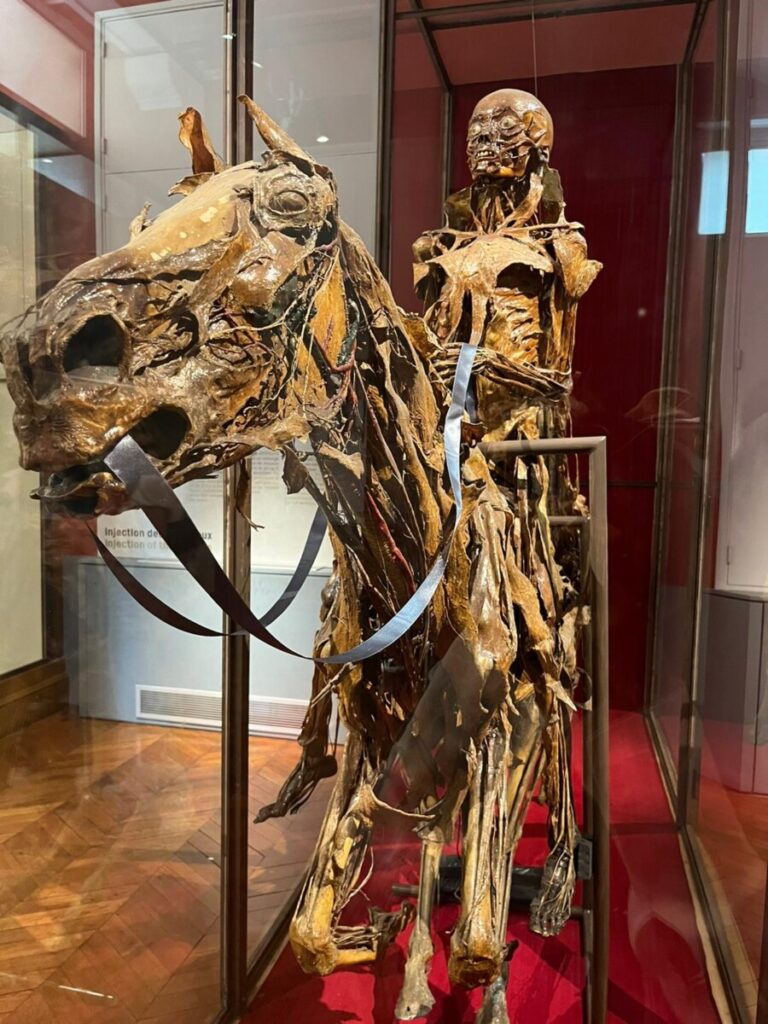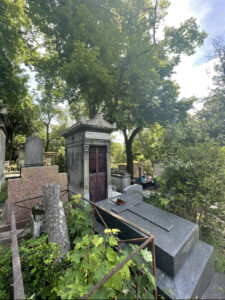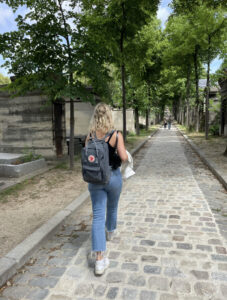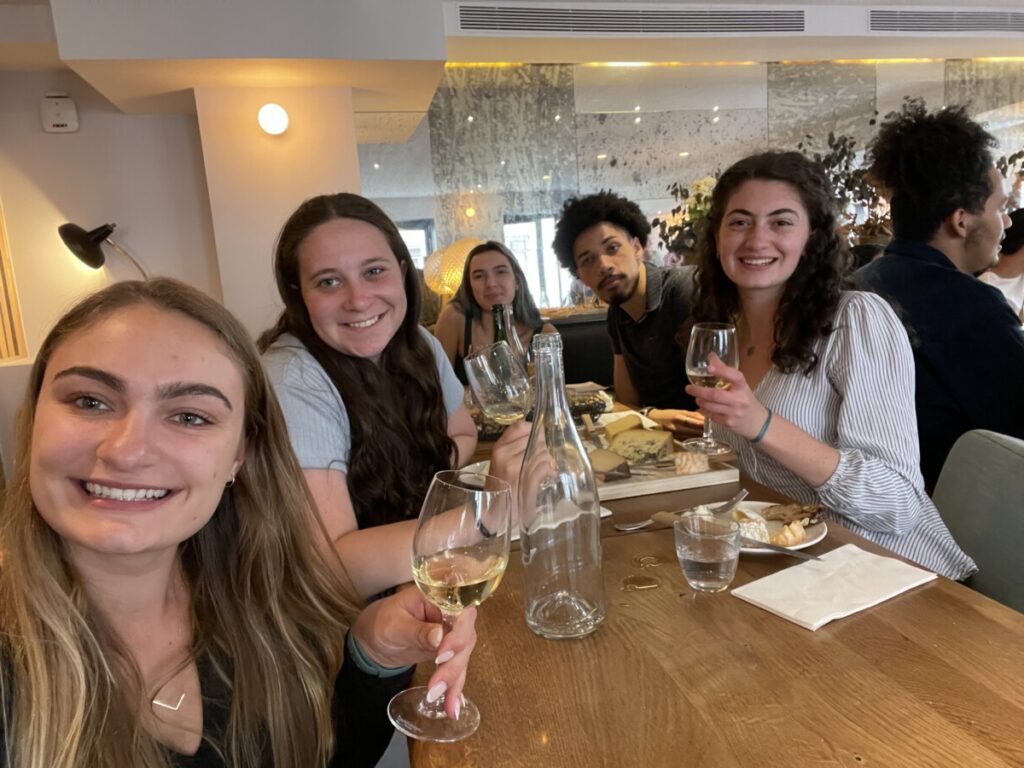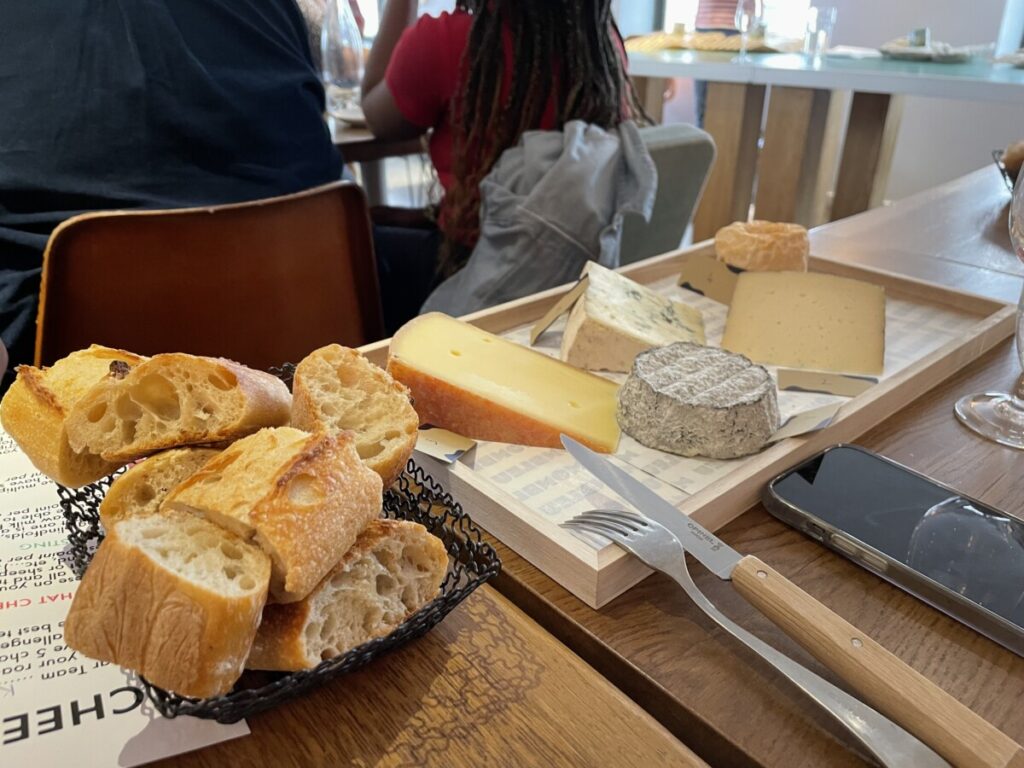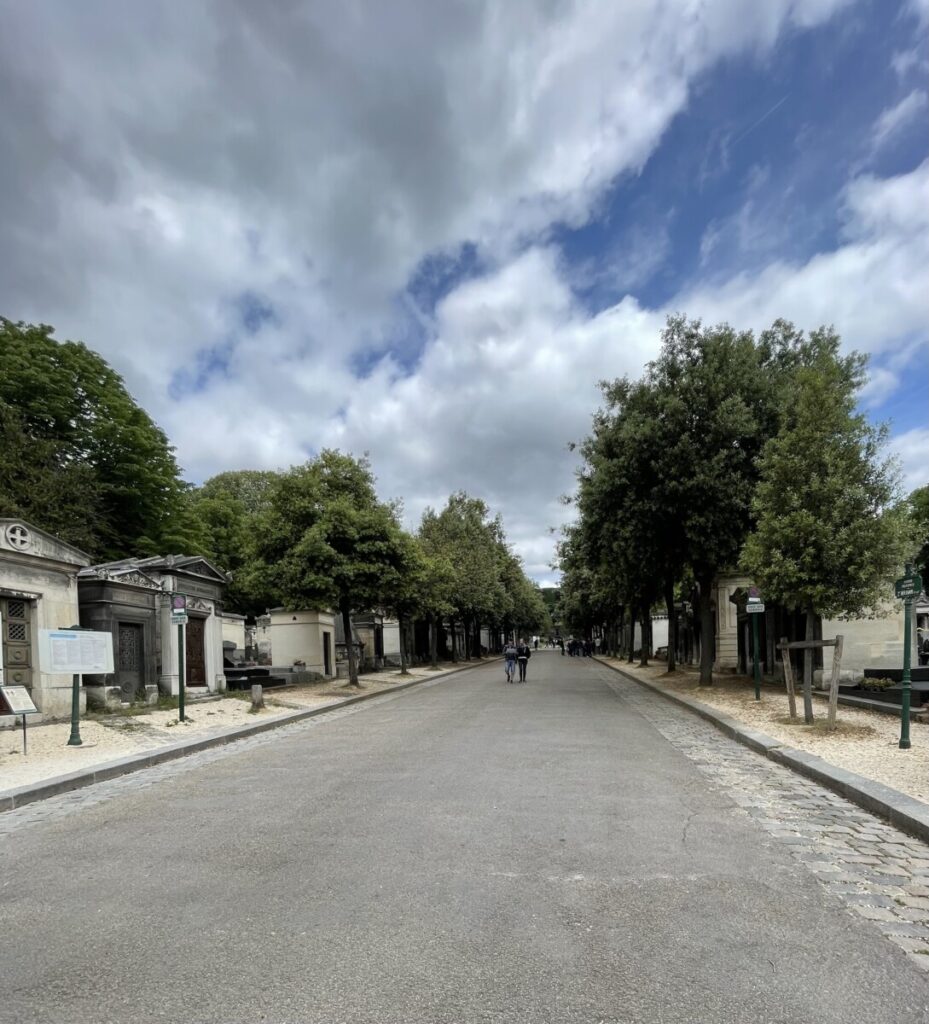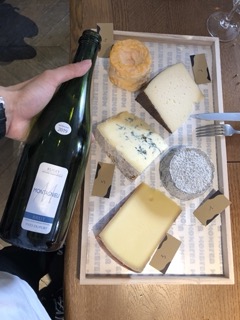Walking out the front door of my Parisian apartment and taking a slight left to get to the Metro station always leads me to a tall, ornate wall. Though I’ve passed it probably 50 times

by now, it never fails to take my breath away. This wall is one end of the sprawling Louvre museum, a palace converted into potentially the most famous art museum in the world. Naturally, living so close to the museum, it felt only fitting to spend our first full day in Paris exploring the vast halls of artwork.
The Louvre is undoubtedly intimidating, with multiple floors of multiple halls containing multiple galleries each. In fact, our tour guide on the riverboat tour the first day we were here told us that if you were to spend three seconds looking at every piece in the museum, your visit would take you approximately three months. So, naturally, we picked an arbitrary floor and began exploring.
Over the several hours we spent in the museum, we got lost in hallways of renaissance paintings, ancient sculptures, French apartments, and everything in between. The sheer amount of art in the museum was awe-inspiring, and made me consider the role of art and creativity in everyday French culture; from the carefully designed Metro stations to the presence of artifacts and sculptures throughout the city, it feels as though Paris is a kind of
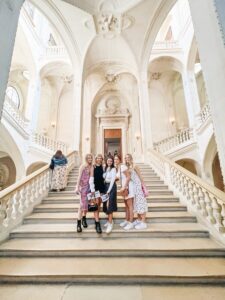
museum in and of itself. I have seen art museums before and will occasionally spend rainy days in Atlanta in the High museum, but the appreciation of historical art pieces in Paris gives me an entirely different impression. The museum itself contains art from across world history, but there is definitely an emphasis placed on French culture and history. I don’t know that I’ve ever seen a museum that was so focused on national identity in the U.S., and this was definitely one of the features of the Louvre that I appreciated the most.
In the context of our classes here, though, I began to consider the role of art in neuroscience and more specifically mental health. In doing my research, I found a 2021 paper that highlights the effect of cultural engagement, such as visiting art museums, on mental health. Overall, the paper demonstrated a degree of improvement in the happiness of individuals who engaged with art and similar cultural elements. To quote from the article, researchers found more specifically that “cultural participation of museums and galleries affected life satisfaction not only directly but also indirectly through interpersonal relationships” (Lee et al, 2021).
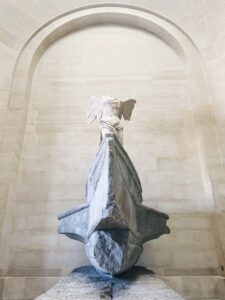
While I can’t say whether or not my Saturday visit to the Louvre definitively affected my life satisfaction, I can say that it is an experience I will hold fondly in my memory and recall each time I leave my apartment for the next four weeks.
References:
Lee, C. W., Lin, L. C., & Hung, H. C. (2021). Art and Cultural Participation and Life Satisfaction in Adults: The Role of Physical Health, Mental Health, and Interpersonal Relationships. Frontiers in public health, 8, 582342. https://doi.org/10.3389/fpubh.2020.582342

